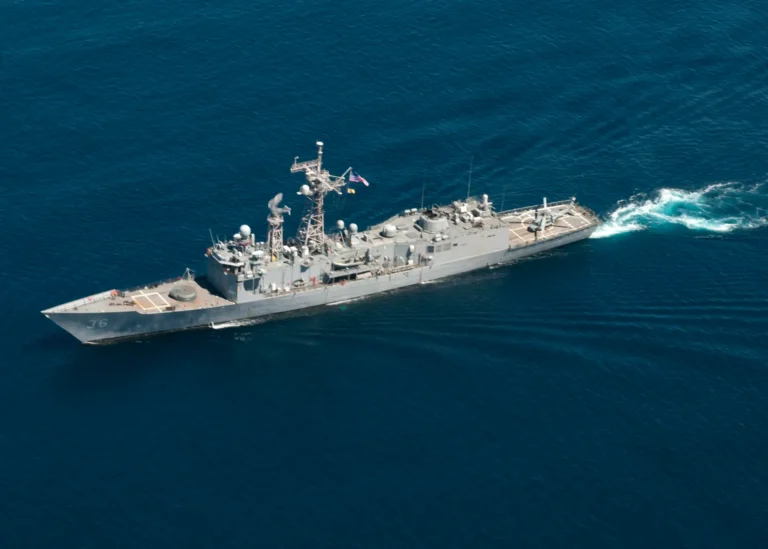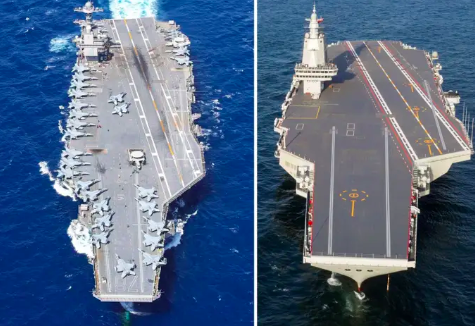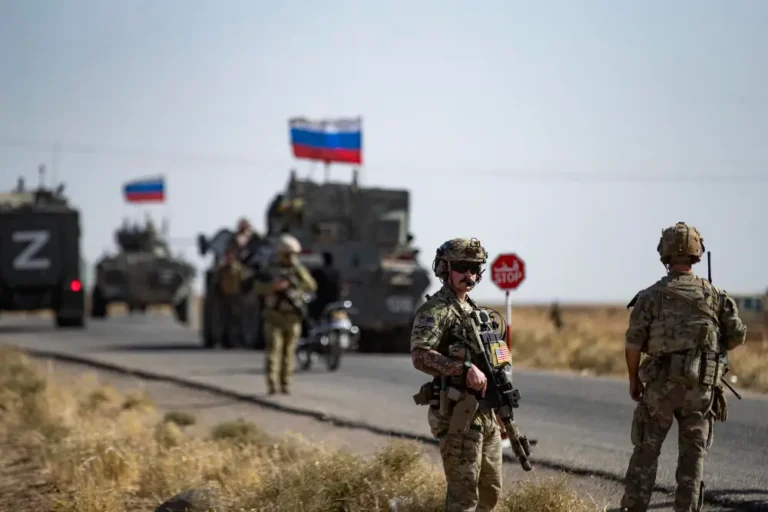Syria’s 13-year frozen war has ignited again after allies Russia and Iran let down their defenses

Syrian rebels fire at government forces on the outskirts of Aleppo, Syria, in November 2024.
With Russia and Iran distracted by regional conflicts, a stagnant 13-year-long civil war in Syria has exploded into renewed violence.
In a lightning offensive launched last week, rebel groups led by the militant Islamist faction Hayat Tahrir al-Sham took the forces of Syrian President Bashar al-Assad by surprise.
They seized control of the city of Aleppo — the first time rebels have controlled the city since 2016 — and pushed further south toward the city of Hama.
It’s the most intense outbreak of fighting in the war since Syrian government forces, backed by Iran and Russia, drove rebels back to their strongholds in the north eight years ago, and a stalemate developed.
Syrian government forces and their Russian allies are battling to hold back the offensive, with Russia launching airstrikes on Aleppo and the western city of Idlib on Sunday as Syrian government forces regroup, according to monitoring group The Syrian Observatory for Human Rights.
The offensive comes with the powerful allies who’ve helped prop up Assad’s government for years distracted and embroiled in costly wars of their own.
“He [Assad] was able to survive the civil war because of all the assistance he got, and that’s gone,” Joshua Landis, head of the Middle East studies program at the University of Oklahoma, told The New York Times.
“Israel has changed the balance of power in the region by going on this all-out war on the axis of resistance.”
“Now Assad is all alone,” he said.
There have long been signs that violence may erupt. Charles Lister, a senior fellow and director of the Syria and Countering Terrorism and Extremism programs at the Middle East Institute, wrote this month that the “frozen” conflict in Syria was fraying at the seams.
“Assad’s regime is arguably weaker and more vulnerable than ever before — with a broken economy, a destroyed infrastructure, a divided nation, a security apparatus ruled by organized crime, and no light at the end of the tunnel,” he said.
Iran and its powerful Lebanese proxy Hezbollah provided Syrian government forces with crucial financial and military support as the rebellion that swept Syria in 2011 erupted into a brutal civil war.
It came as part of the “Arab Spring” rebellions that overthrew governments in Tunisia and Egypt in the early 2010s and appeared poised to depose the Assad regime.
The Iranian government has long seen Syria as one of its crucial regional allies and has been determined not to let rebel groups, some backed by rivals Turkey and the Gulf states, topple it.
But Iran is now embroiled in a costly confrontation with Israel, its longtime regional foe.
In the wake of the October 7, 2023, attack by Iranian proxy Hamas, Israel has devastated the militant group in its enclave in Gaza and badly weakened Hezbollah in attacks in Lebanon, where a fragile truce was recently brokered.
Israel has also launched direct attacks on Iran in October, reportedly striking sites connected to Iran’s nuclear program, in response to massive Iranian missile attacks on Israel.
It’s a situation that has placed the region on the brink of an all-out war and means that Tehran can little afford to become embroiled in another costly conflict in Syria.
Meanwhile, Russia, whose 2015 entry into the Syrian Civil War was crucial in propping up the Assad regime, has problems of its own.
Its four-year invasion of Ukraine has come at a vast cost in manpower, military equipment, and economic prosperity.
International sanctions have dented the oil and gas exports the country relies on, and it’s also unlikely to desire the distraction of another Syrian campaign.
As rebels seek to exploit Assad’s weaknesses, it may not be a conflict they have the luxury of ignoring.






